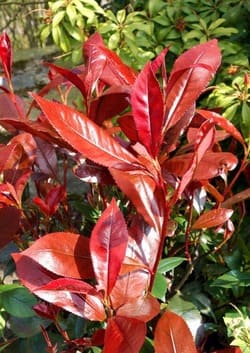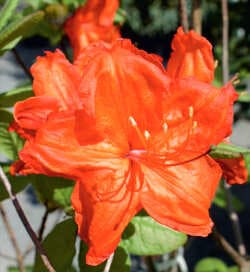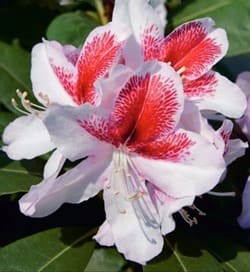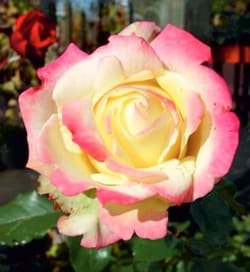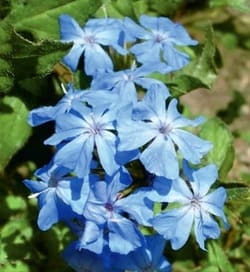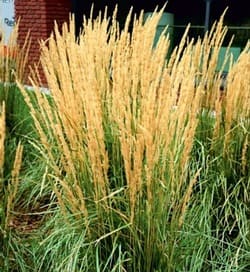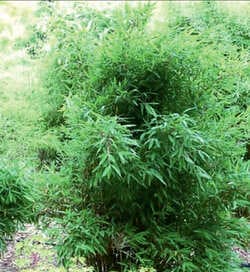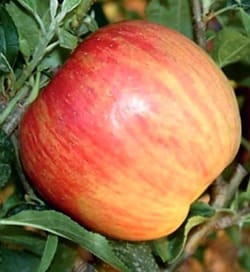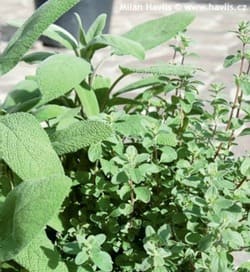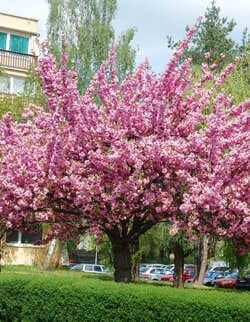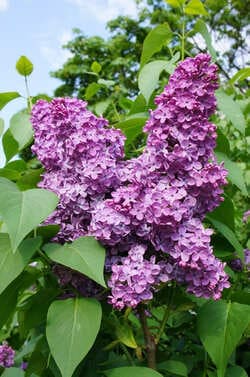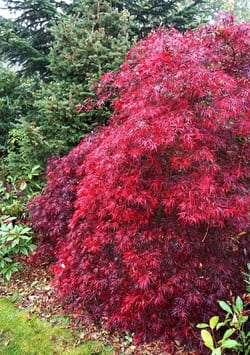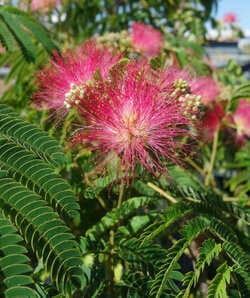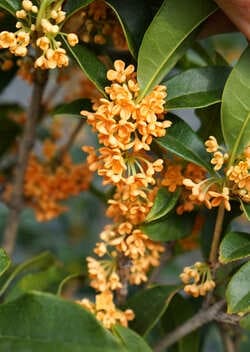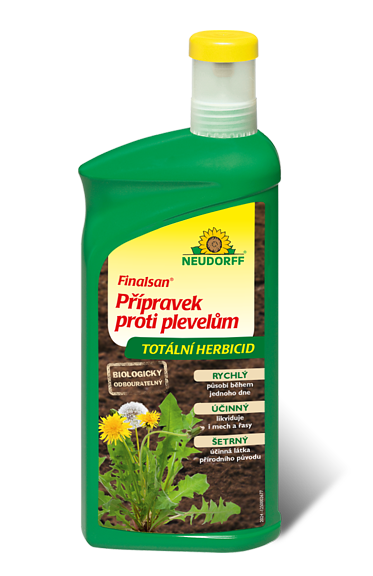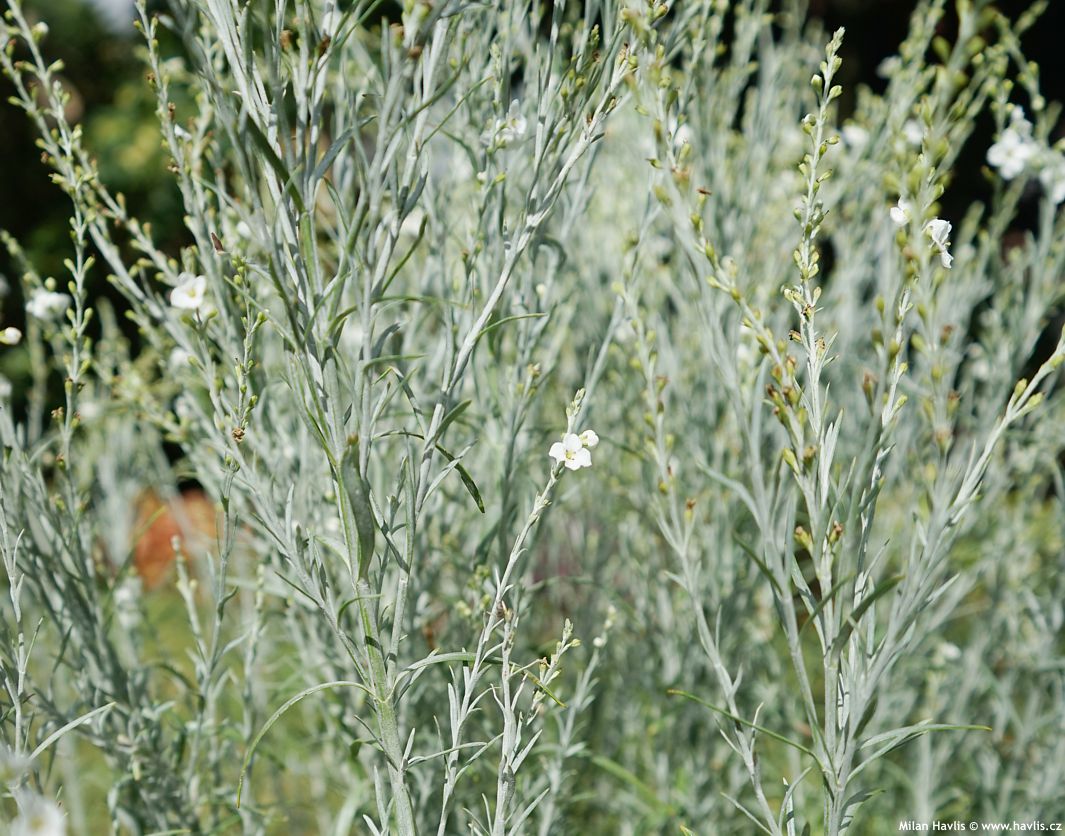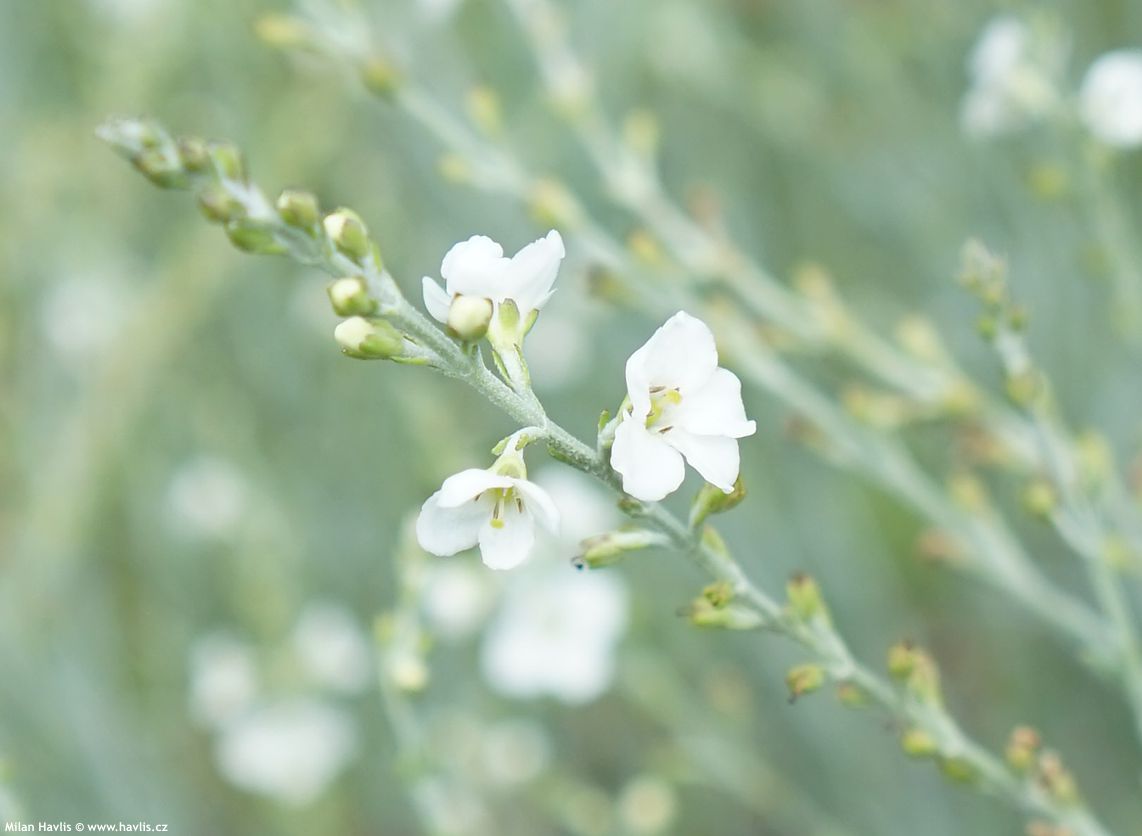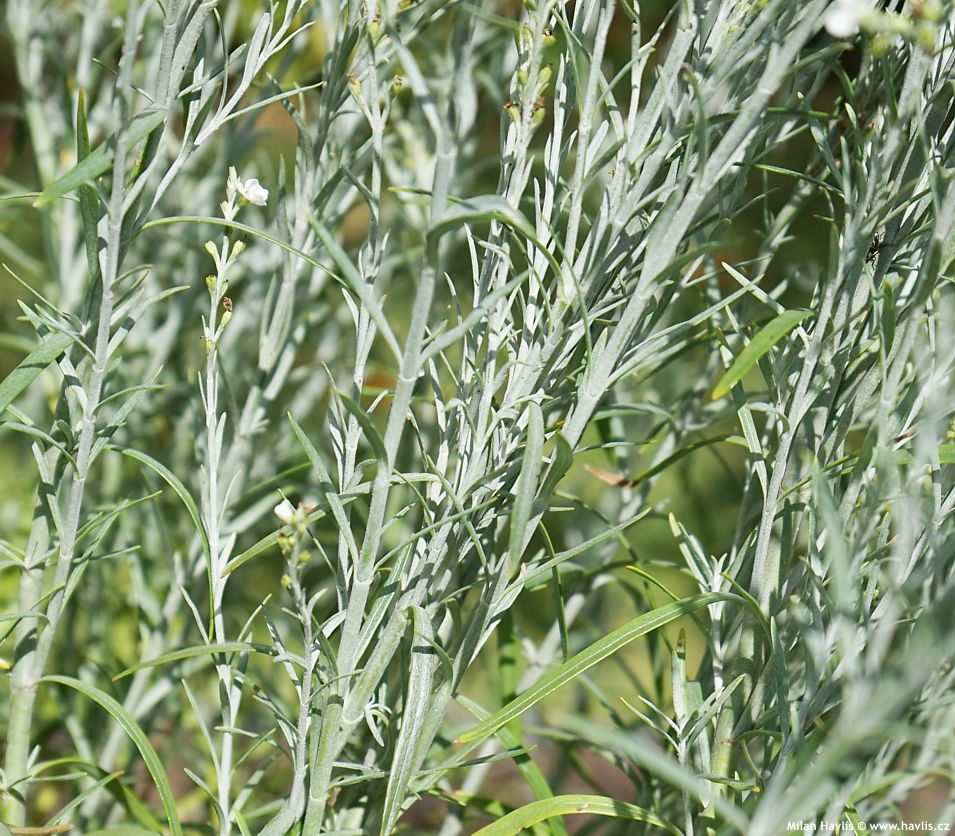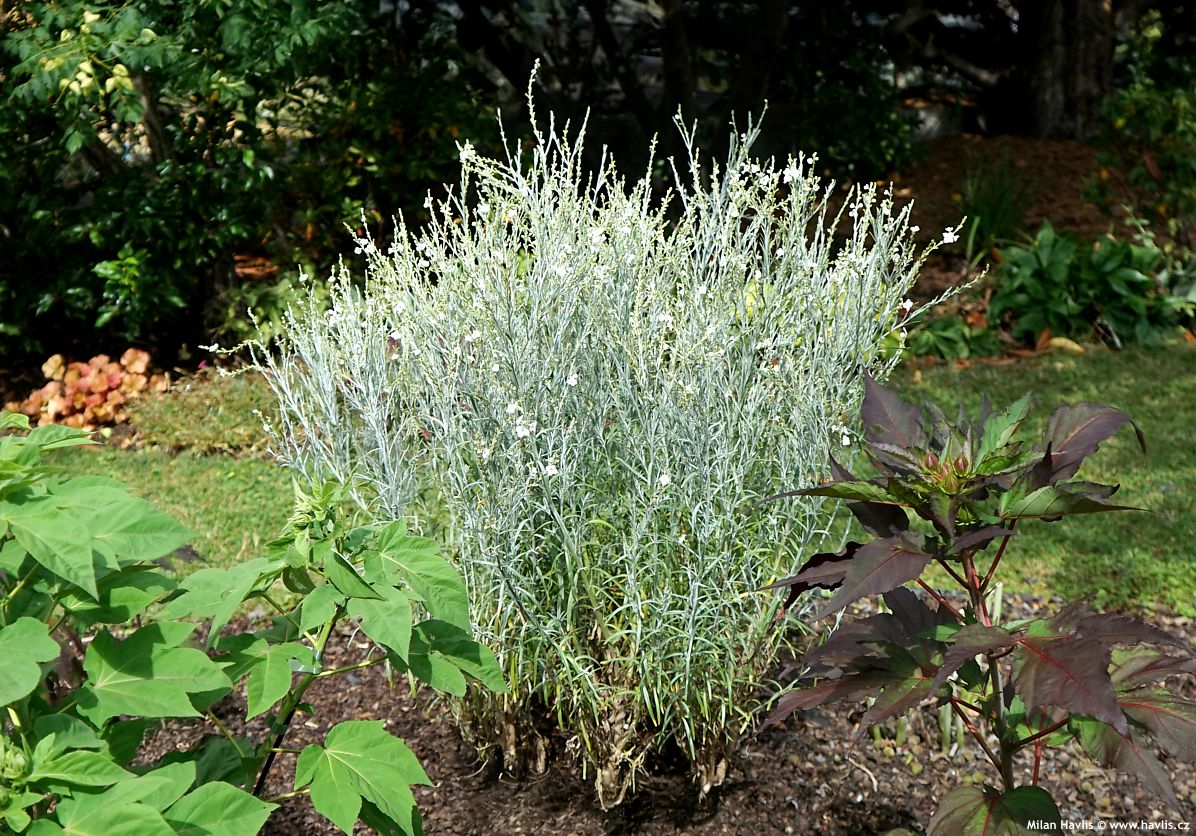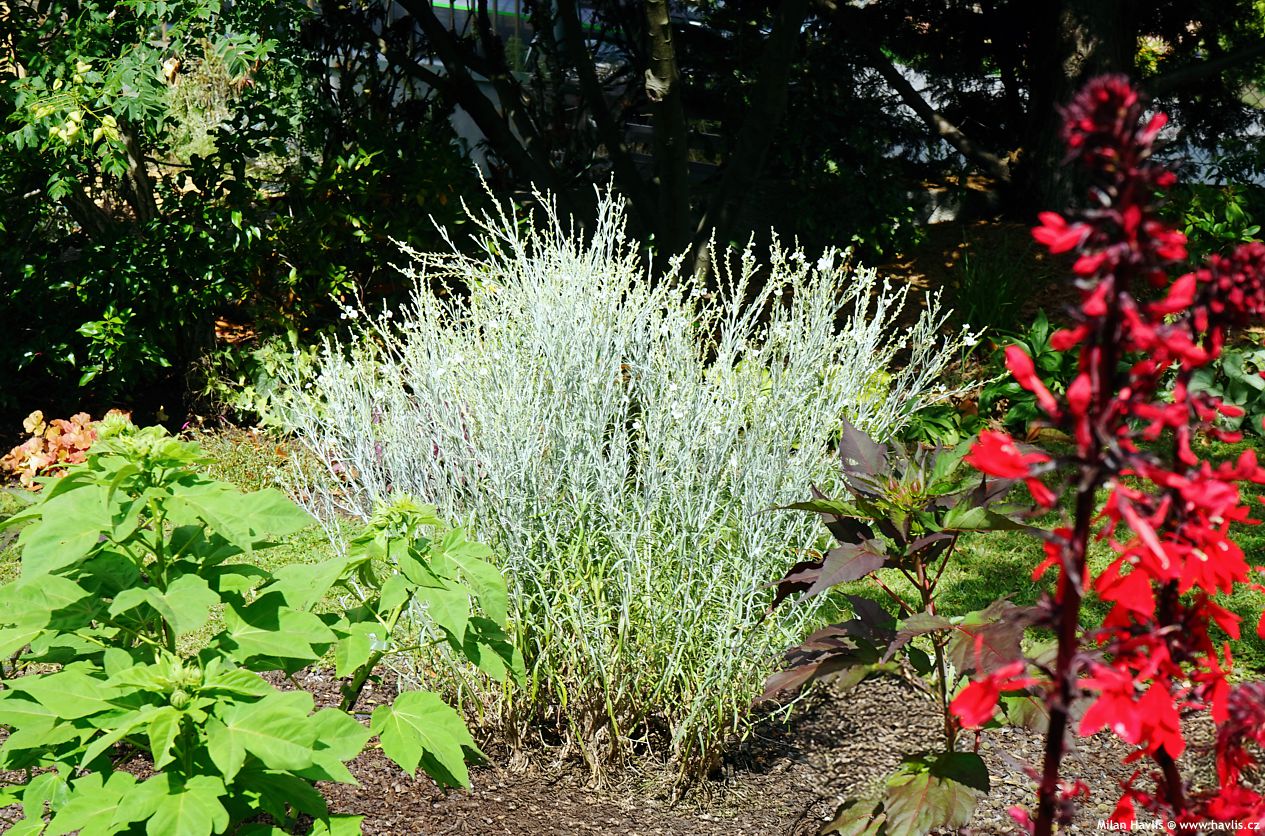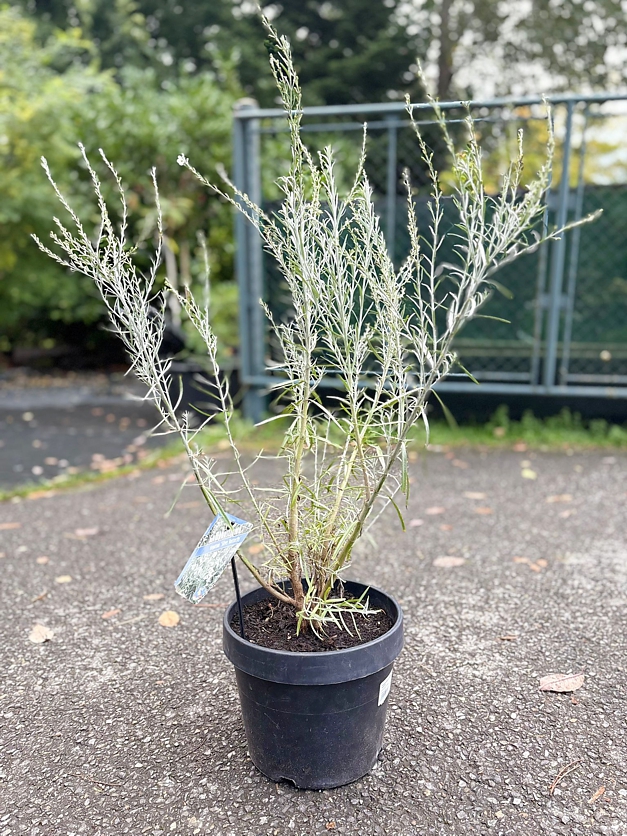Gomphostigma virgatum 'SILVER BUTTERFLY' river star, otter bush
Gomphostigma
Gomphostigma virgatum, commonly known as river star or otter bush, is a subshrub = a semi-woody perennial originating from southern Africa, where it grows naturally along rivers and streams in South Africa, Lesotho, and Zimbabwe. It was introduced to European gardens in the 19th century by collectors of South African flora and quickly gained popularity for its delicate, silvery appearance and its ability to bring lightness and brightness to plantings. In its homeland the plant also had practical uses – its branches were employed for weaving and as fuel – but in horticulture it is valued above all for its ornamental qualities.
Silver Butterfly is a river star cultivar, selected in South Africa in the 1990s (breeder: Malanseuns Pleasure Plants, Pretoria) and introduced into the European market shortly thereafter. It was chosen for its more intense silvery foliage and compact growth, making it suitable even for smaller gardens or containers. The leaves are narrow, linear to narrowly lanceolate, silvery‑grey to grey‑green, with a fine pubescence that creates the characteristic silvery effect. The overall habit is airy and light, yet dense enough to serve as a striking pale accent in a border. The plant typically reaches about 1 m in height and a similar spread.
The flowers are pure white, star‑shaped, and small, about 1–2 cm across, with a delicate creamy to pale yellow centre formed by the stamens. They are borne in loose, open racemes to panicles at the tips and upper parts of young shoots, so that in bloom the shrub appears veiled in a soft white haze above the silvery foliage, gently moving in the wind. Flowering begins in late spring and peaks in early summer (usually May to July) but continues reliably into early autumn if the plant receives sufficient sun. Spent panicles can be cut back just below the inflorescence; the plant then quickly produces new shoots with further flowers.
In garden design, the river star functions as a bright contrast element. It combines beautifully with dark‑leaved perennials such as colourful heucheras or black columbines, with lavenders, or with roses, to which it provides a delicate backdrop. In modern plantings it also works well alongside ornamental grasses, where its silvery tone enhances the movement and colour of surrounding plants. Thanks to its fine habit it is equally effective near water features, recalling its natural habitat. It can also serve as one of the highlights of so‑called “silver gardens,” beds composed of plants with silvery foliage such as artemisia, santolina, or helichrysum.
For cultivation it requires a sunny position and well‑drained, rather poor soil. Although in its native habitat it grows by water, in gardens of cooler climates where winters bring frost it does not tolerate prolonged waterlogging – it needs moisture but always with good drainage. Feeding is possible but not essential. In C.E. continental climate Gomphostigma virgatum behaves as a semi‑shrub: in mild winters part of the woody stems may survive and sprout again from their tips, but in harsher frosts the whole top growth can die back and the plant will re‑emerge from the base. The best approach in spring is to wait and see what is alive, then cut back to green tissue; if everything above ground has frozen, simply prune to the base, from where it reliably produces new shoots. The hardiness of Silver Butterfly was originally listed only to –15 °C, but horticultural practice in Europe confirms that well‑established plants can withstand down to –22 °C, provided they are in free‑draining soil and a sheltered site. In colder regions, winter protection or container culture with the option of moving the plant to a frost‑free space is advisable.
Last update 19-09-2025
Goods are shipped all over Europe. For Russia and U.K. and for further details please read about SHIPPING OPTIONS HERE.
Are you interested in a serious discount for orders NOV-FEB? Check your options here.
THE PRICES INCLUDE VAT of 15%. For quick conversion you can use 1 CZK = approx. 0.04 EUR
- STANDARD QUALITY - Plants of this group are 1st class quality with number of branches and overall density adequate to their size and age, considering they were container grown.
- DE LUXE QUALITY - This label guarantees a luxurious quality of manually selected plants that, compared to their height and age, are exceptionally dense and beautiful.
- EXTRA - These plants are usually mature and bigger specimens with exceptional overall appearance.
- STANDARD (as described in the plant form) means a tree with a trunk of 190-210 cm and a crown at the top, unless specified differently. The commercial size for trees is their girth measured in the height of 1m from ground.
- HOBBY - These plants are of the same quality as our standard-quality plants but younger and therefore cheaper.
- SHRUB - a woody plant with branches growing bushy from the ground level.
- HALF-STANDARD or MINI-STANDARD - a small tree with shorter trunk, its size is usually specified.
- FEATHERED - These are trees with branches growing already from the base of the trunk and up along the stem.
- GRASSES and PERENNIALS - Sizes given usually read the diameter of the pot or the clump, as specified.









